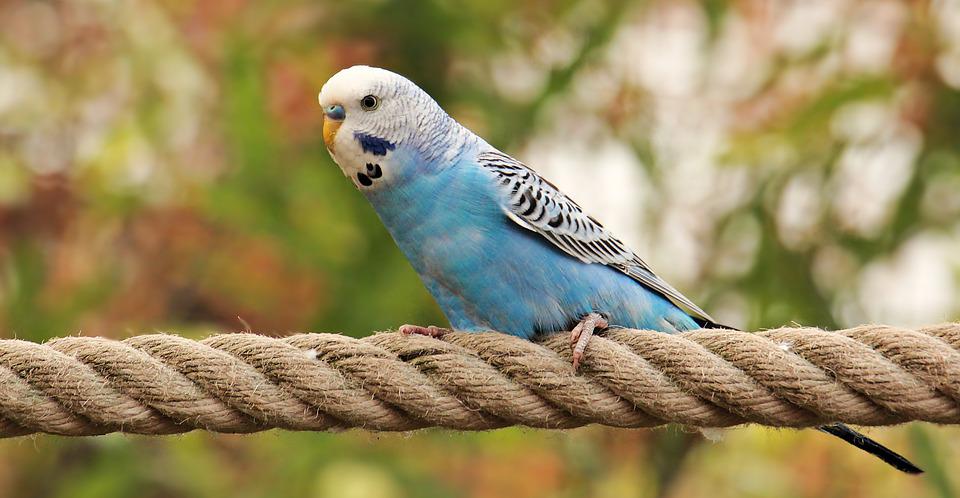
parakeet
Parakeets are native to Australia and belong to the parrot family. Today, the bird’s versatile plumage makes it one of the most popular pets in Europe. Below are some tips to care for a parakeet!
Parakeets as Pets
Parakeets are extremely popular as pets. They are beautiful, active, and love to talk. They can also be kept in small homes without problems and are inexpensive to purchase and maintain. Careful consideration must, however be given so that your parakeet has a good life.
Parakeets are not only friendly but also very agile animals. In addition to one (or more) of their own kind, parakeets require adequate space and exercise to feel at home. A large cage and regular free flights are essential for keeping parakeets. Cleaning the cage, changing bedding and water, and feeding daily are also important. Parakeets can easily live up to 15 years.
Are Parakeets Suitable as Children’s Pets?
Parakeets are beautiful and can bring life into a home. Conversely, they will not spend a lot of time with you. Parents who buy pets for their children must realize that most of the cost is borne by the parents. For this reason, it is best to wait to purchase a parrot until the child is in elementary school. Only at that age can you effectively support them.
However, they are still too young to assume responsibility alone. Teach your child to consider the bird’s needs. Parakeets are not stuffed animals, but they are good listeners and happy companions to look after.
Appropriate Equipment for Cages
The same goes for bird cages: no cage is too large. And the cage greatly restricts the bird’s freedom of movement. To minimize this, the cage should be at least 1 m to 1.5 m long, 80 cm wide, and 80 cm high. Parakeets fly primarily horizontally, so the length is a deciding factor. Tower or round cages are not suitable for parrots, and the simpler the cage design, the better.
The following overview provides a list of accessories not to forget and what you need for your parakeet.
Bars, Toys & Co.
Natural Branches: Natural tree branches have several advantages. They contain minerals, strengthen paw muscles, prevent paw ulcers, and shorten nails. You don’t have to visit a pet store to find these branches. A walk in the woods or a park will reveal many cagey branches. A variety of thick branches are suitable, including alder, lime, poplar, willow, maple, and fruit trees. Wash the stems in water and let them dry for several days before attaching them to your budgie’s cage.
Beak sharpening stone: Basic bird cage equipment includes a beak sharpening stone or squid scale. Nibbling on shells or limestone can help keep the beak in shape and cover the bird’s calcium needs.
Water and feed troughs: Keep stainless steel aquariums and feed troughs stocked with fresh water and sufficient amounts of food for the parrots to eat. These tubs should be filled daily and always ready for your budgies. Food bowls filled with pellets or fresh fruit should not be placed directly under the perch to prevent the parrot from defecating.
Bath house: Parakeets love to bathe. They will appreciate a bath house attached to the cage door or a flat water bowl on the floor.
Bird sand: Parakeets love to walk on the bottom of their cage to collect grains. Therefore, bird sand is a good choice for the bottom layer, which should be reinforced with lime or shell grit. It adsorbs and “sterilizes” bird droppings and replenishes minerals. In addition, it can aid digestion.

What Food Does a Parakeet Need?
Parakeets feed primarily on the mature seeds of grasses and other ground cover plants. These seeds provide the birds with energy and necessary nutrients. Therefore, granules should be given to them.
Ready-to-use pellets mixed with millet or other seeds are recommended for feeding birds. A healthy adult parrot needs about 2 teaspoons per day. Seeds that are very oily or pressed mixtures in which honey or other glues are used should be fed only in small amounts. You can also feed your budgies fresh fruits and green herbs (such as dandelions and chickpeas).





